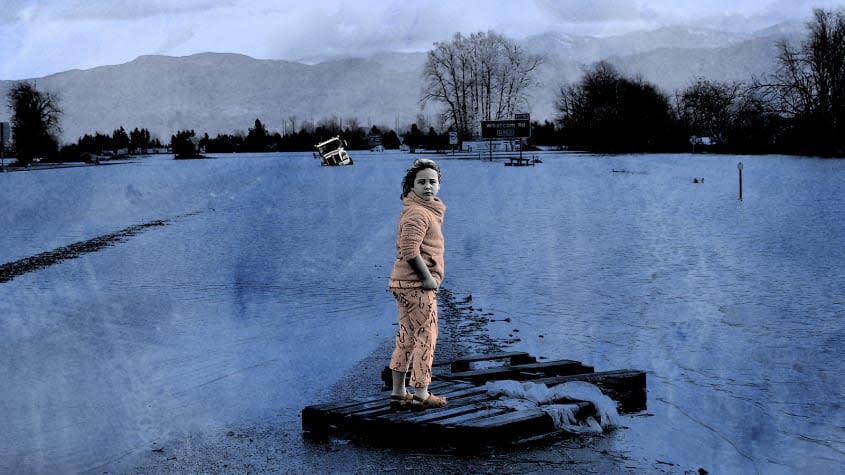The chaos on Canada's west coast is a preview of climate change woes to come

World leaders have just returned home from COP26, the United Nations Climate Change Conference in Glasgow, eager to talk about the progress they made in devising strategies to combat climate change. Right on time, events on the west coast of Canada have given us a glimpse of our perilous environmental future.
This past June, British Columbia was sitting under a highly irregular "heat dome" that drove temperatures up to astonishing heights. Fires, smoke, and life-threatening heat enveloped both sides of the U.S.-Canada border, but things were especially bad above the 49th parallel, with the town of Lytton topping out at 121 degrees Fahrenheit and ending up completely consumed by flames from a brushfire.
Now, just a few months later, an "atmospheric river" has delivered a wind-swept deluge to the same area, bringing widespread washouts, mudslides, and avalanches. The consequences for infrastructure — and, as a result, already buckling supply chains — have been especially shattering.
Writing in the National Post, author Terry Glavin notes that the Port of Vancouver and other marine terminals in the area "are now cut off from the rest of Canada, by road and by rail," with the Coquihalla Highway and Highway 3 both impassable. It may be possible to resolve the rail disruptions fairly quickly, but the same isn't true for roads. A government official estimates it could take "several weeks or months" to get them reopened. And because the flooding has been so widespread across the region, diverting truck traffic through the United States to the south isn't a great option either.
Add in entire towns under water, polluted municipal water systems, and gas lines severed with winter weather on the way — and we're left with a devastating picture of coastal western Canada. It's just the latest disturbing image of what awaits the world over the coming years and decades.
Extreme weather events — storms, floods, drought, deadly heat and cold — are bad enough in themselves. But they don't just do immediate damage to people and private property. They also play havoc with the networks of commerce and travel on which our modern lives and economies depend.
Yes, we need to do what we can to cut emissions so things don't become even worse down the road. But they're going to become pretty bad regardless. Internalizing that fact is an important task, not least because doing so might goad us to develop a nimbleness in our response to disasters and resilience in our supply chains once the worst discrete weather events have receded.
Human beings can get used to anything. We're going to have to get used to calamity.
You may also like
The Democrats need a unified adversary in 2022
A Harry Potter reunion is happening, reportedly without J.K. Rowling
Report: House to vote Wednesday on censuring GOP Rep. Paul Gosar over video


